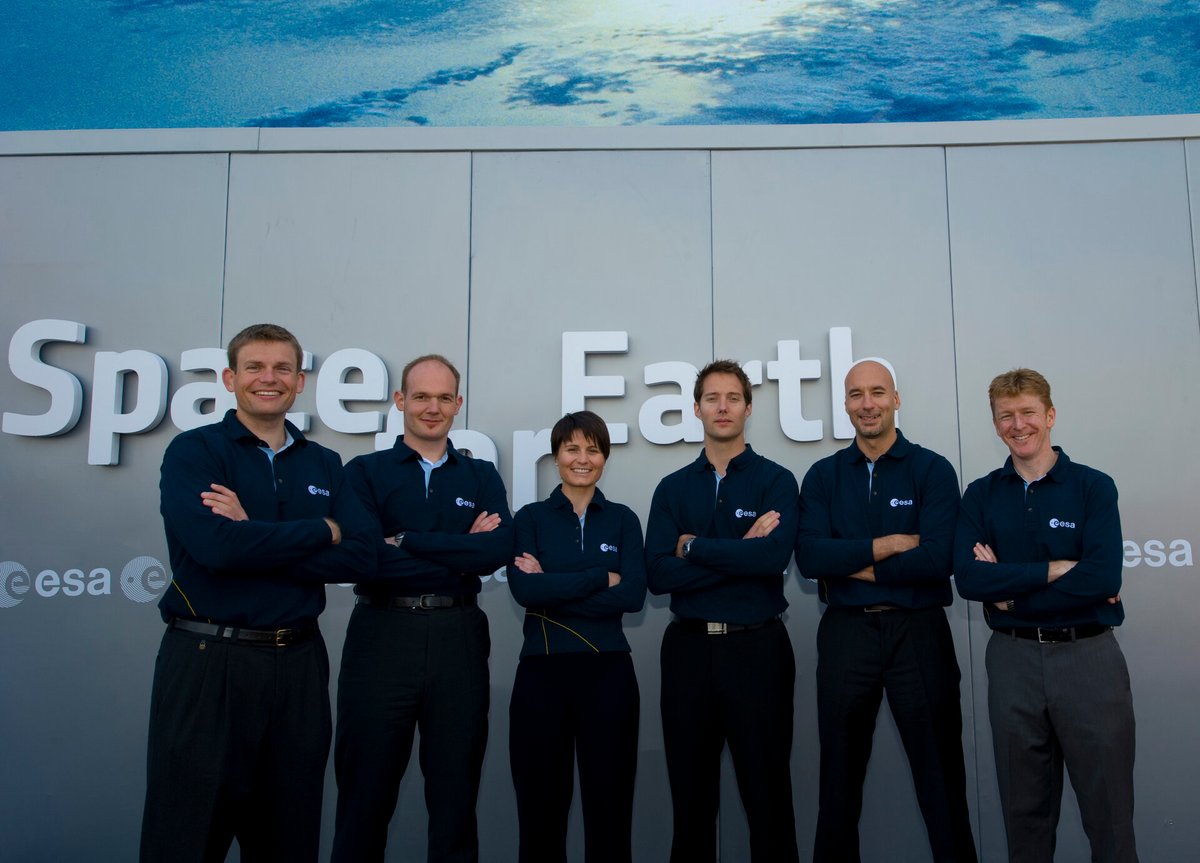In a conference yesterday to present his wishes and the 2022 objectives, ESA director Josef Aschbacher delivered a presentation quite oriented towards astronautics. Between the current selection, the extension of theISS
and future lunar missions, the renewed activity for the field has not gone unnoticed.
Up to manned capacities for European launchers? The idea is gaining ground…
Budget, satellites and… astronauts
Despite the effects of the pandemic on its member states, the European Space Agency (ESA) is doing well. It has a budget for 2022 that has jumped 10% compared to last year, and which reflects new ambitions. There are of course (a very important item) the missions serving the European Union, Galileo and Copernicus, programs to which ESA contributes on a scientific and technical level.
Earth observation, through various satellites and new sensors to monitor climate change also held a good place, not only because it represents almost a quarter of the budget (1.6 billion euros) but also because it was the former position of the current director! ESA is also proposing various initiatives on the subject…
If the presentation painted a portrait of the agency’s projects, astronautics was highlighted for 2022, through current and future projects. An interesting choice!
Choose well for your future
Who says astronauts, says European selection in progress! ESA continues to “sort” its applications, the number and relevance of which surprised the evaluators. They finally had to decide between 23,307 files, which after studying the files, initial interviews, psychological, cognitive and personality tests, led to the end of “phase 1” retaining 1,362 files.
As there are only four to six places to be allocated, the process will take a good part of the year, with round trips to Cologne, medical evaluations, group tests, all before the last phase and the individual interviews before a jury. Two out of five files are women, which shows that the astronauts’ call for more gender diversity has led to interesting candidates. Finally, 29 people are currently part of ESA’s “parastronauts” initiative, which aims to assess the possibilities for candidates with different disabilities to work in space. The answers at the end of 2022!
On the ISS first…
The year will also be busy for the astronauts already in post! The German Matthias Maurer is currently on the ISS for his first six-month long mission, while the Italian Samantha Cristoforetti will take off to replace him in April, also for a long rotation.
This represents dozens of European scientific experiments to send (but also to bring back), and numerous supports from ground teams to ensure rotations. Indeed, these astronauts must be accompanied during their preparation, but also after their flight (Thomas Pesquet is still in a period of rehabilitation). We will wait this year for the name of the lucky winner for a mission in 2023, on Soyuz or one of the American vehicles, Tim Peake and Andreas Mogensen being the only “veterans” not yet to have a second mission.
…And further then!
More generally, ESA seeks to extend its astronautical footprint. By increasing the size of its contingent, but also by getting involved on an ongoing basis in the major projects of its time. The ISS is a good example, and Joseph Aschbacher confirmed that he expected support from member countries so that the ESA in turn committed to remain on the international station until 2030.
The other major project concerns support for the American Artemis program, with the major involvement of ESA for various modules of the future Gateway manned lunar station, as well as the service module of the Orion capsule (the maiden flight, currently scheduled for April, represents a lot of work and great responsibilities for the Europeans). ESA will have seats for future missions (at least three), but also wants to participate in ground operations with robotic means. A desire that will represent new opportunities for astronauts!

A European manned vehicle: will develop? Will not develop?
Finally, through the complicated situation around launchers that Europe is going through (Ariane 6 is no longer expected until the end of the year at best, Vega C is long overdue, the small launchers supported by Germany are arriving on the market), the ESA wonders about the future capacities. Indeed, on paper in 2030, China, Russia and the United States will have heavy launch vehicles capable of sending astronauts to the Moon, and at least four nations (and more companies) will be able to send people into low orbit… But not the ESA.
In this, J. Aschbacher wants to push states to spend more, around 600 million euros per year, so that Europeans can have “autonomous access to orbit”, without paying a fortune to SpaceX, for example. example. The debate is not settled today, especially on the merits of such an investment at a time when scientific programs (particularly exploration probes) are struggling to find ambitious funding. But the director talks about it…
Source: ESA

1